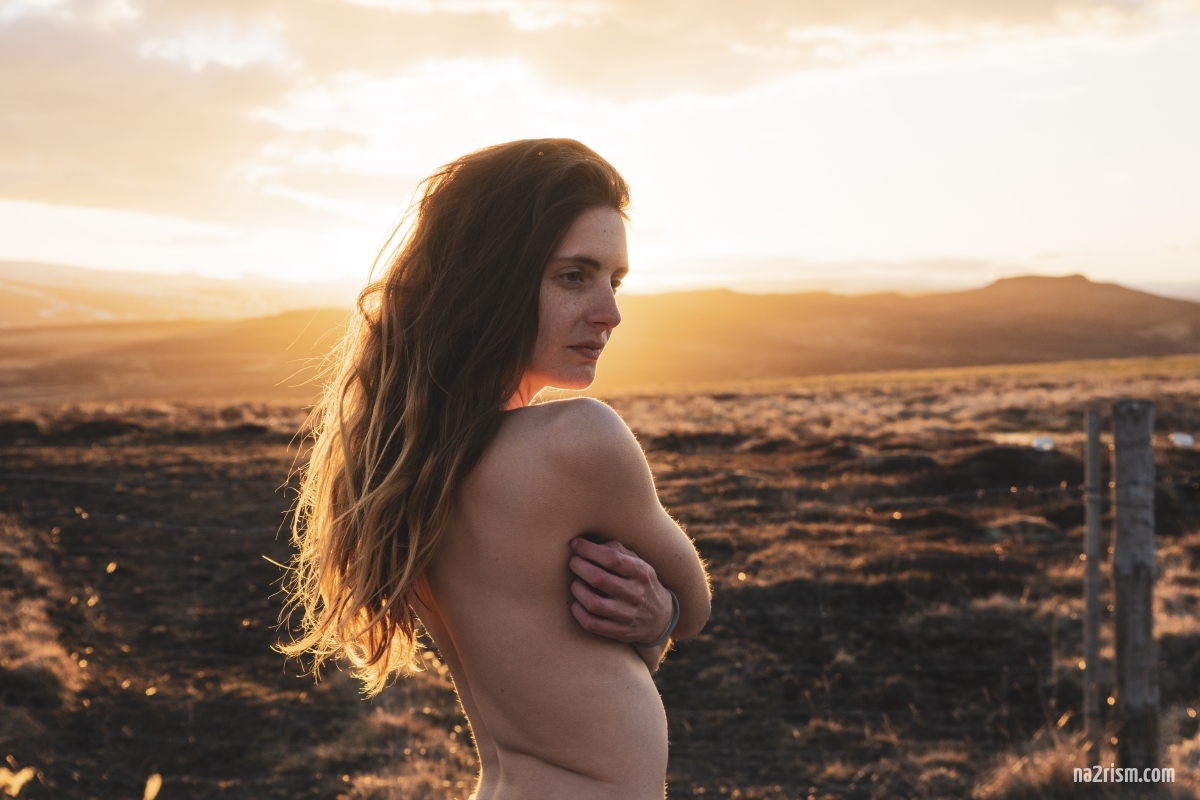Photography has always been a powerful medium for capturing and celebrating the human form in its most natural state. Naturist photography, in particular, has evolved significantly over the decades, transitioning from the analog intricacies of film cameras to the instantaneous and widespread reach of social media platforms like Instagram. This evolution reflects broader technological advancements and changing societal attitudes towards nudity and body positivity. This article delves into the journey of naturist photography, examining how it has transformed over time and what this means for the future of the genre.
Early Beginnings: The Film Era
The roots of naturist photography can be traced back to the early 20th century, when film cameras were the primary tool for capturing images. During this period, naturist photography was largely confined to private collections and niche publications. Photographers of this era, like Ed Lange and Andre de Dienes, worked within the limitations of film, mastering the art of lighting, composition, and developing techniques to create striking images of the human body in natural settings.
The process was labor-intensive and required a deep understanding of photographic principles. Photographers had to be meticulous with their shots, as each roll of film had a limited number of exposures. The development process itself was an art form, often conducted in darkrooms where the negatives were carefully processed to achieve the desired results. This period was marked by a sense of exclusivity and artistry, with naturist photography often viewed as a form of fine art.
The Digital Revolution
The advent of digital photography in the late 20th century marked a significant turning point. Digital cameras eliminated the need for film, allowing photographers to take an unlimited number of shots without worrying about the cost and time associated with film development. This shift democratized photography, making it more accessible to amateur photographers and hobbyists.
For naturist photography, the digital revolution meant greater experimentation and innovation. Photographers could now instantly review their images, make adjustments on the fly, and experiment with different settings and compositions. This period saw a surge in creativity, with photographers exploring new techniques and pushing the boundaries of traditional naturist photography.
Digital photography also paved the way for post-processing. Photographers could use software like Photoshop to enhance their images, correct imperfections, and experiment with artistic effects. This capability further blurred the lines between photography and digital art, expanding the possibilities for naturist photographers.
The Rise of Social Media
The next major shift came with the rise of social media platforms, particularly Instagram. Launched in 2010, Instagram provided photographers with a global platform to share their work instantly. For naturist photographers, this was both an opportunity and a challenge.
Instagram’s visual-centric nature and user-friendly interface made it an ideal platform for showcasing naturist photography. Photographers could reach a wider audience, connect with like-minded individuals, and receive instant feedback on their work. Hashtags like #naturism and #bodypositivity helped build a community of followers who appreciated and supported the naturist lifestyle.
However, Instagram’s strict guidelines on nudity posed significant challenges. Many naturist photographers found their content censored or removed, leading to debates about artistic expression and the platform’s policies. Despite these challenges, many photographers adapted by finding creative ways to adhere to the guidelines while still conveying the essence of naturism.
The Modern Landscape
Today, naturist photography is a diverse and vibrant field that continues to evolve. The integration of smartphones with high-quality cameras has further revolutionized the genre. Almost anyone can now capture and share images instantly, contributing to the proliferation of naturist content online.
The modern landscape of naturist photography is characterized by a blend of traditional techniques and contemporary practices. Photographers continue to explore the natural beauty of the human form, often emphasizing themes of body positivity, acceptance, and connection with nature. The community has also become more inclusive, embracing diverse body types, genders, and ethnicities.
Social media platforms, blogs, and dedicated websites have become the primary means of sharing and discovering naturist photography. These platforms have fostered a sense of global community, allowing photographers to inspire and support each other.
Looking Ahead
The future of naturist photography is likely to be shaped by ongoing technological advancements and evolving societal attitudes. Virtual reality (VR) and augmented reality (AR) technologies hold the potential to create immersive experiences, allowing viewers to feel as though they are part of the naturist environments depicted in the photographs.
Additionally, as society becomes more accepting of body diversity and nudity, naturist photography may gain broader acceptance and recognition as a legitimate art form. The continued dialogue around social media censorship and artistic freedom will also play a crucial role in shaping the future of the genre.
In conclusion, the evolution of naturist photography from film cameras to Instagram reflects broader changes in technology and society. Each era has brought new tools, techniques, and opportunities for photographers to explore and express the beauty of the human body in its most natural state. As we look to the future, naturist photography will continue to adapt and thrive, celebrating the essence of naturism in ever more innovative and inclusive ways.

